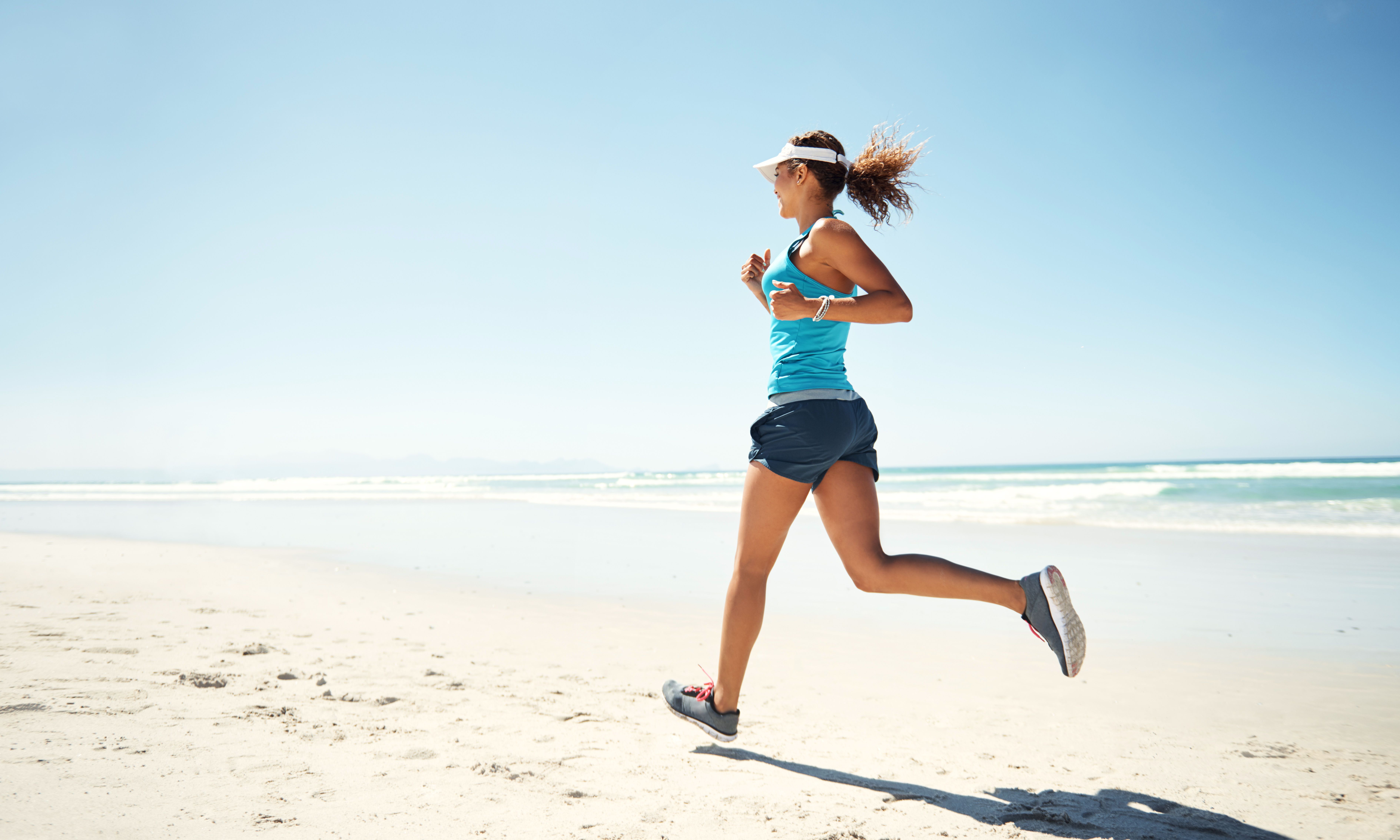When it comes to weight loss, the age-old debate between cycling and running continues to spark interest among fitness enthusiasts. Both activities are excellent forms of cardiovascular exercise, but they differ in terms of intensity, impact on the body, and overall benefits. If you're trying to decide which one is better for shedding those extra pounds, this blog will break down the pros and cons of cycling and running for weight loss.
Calorie Burn: Which Burns More
One of the most common questions is: which activity burns more calories? The answer depends on the intensity and duration of your workout.
-
Running: Running is a high-impact, weight-bearing exercise that typically burns more calories per minute than cycling. On average, a 160-pound person can burn approximately 606 calories per hour running at a moderate pace (5 mph). If you increase the intensity to a faster pace (8 mph), you can burn up to 861 calories per hour.
-
Cycling: Cycling is a low-impact activity that can still torch calories, especially if you increase the resistance or speed. A 160-pound person cycling at a moderate pace (12-14 mph) burns around 292 calories per hour. However, if you ramp up the intensity (e.g., cycling uphill or at a vigorous pace), you can burn up to 600-700 calories per hour.
Verdict: Running generally burns more calories in a shorter amount of time, but cycling can be equally effective if you push yourself harder or cycle for longer durations.
Read alos: Hiit Workouts For Fat Burning
Impact on Joints and Injury Risk
Your choice between cycling and running may also depend on your physical condition and injury history.
-
Running: Running is a high-impact activity that places stress on your joints, particularly your knees, ankles, and hips. While it’s great for building bone density, it can lead to injuries like shin splints, stress fractures, or joint pain, especially if you’re overweight or new to exercise.
-
Cycling: Cycling is much gentler on the joints since it’s a low-impact activity. It’s an excellent option for people with joint issues, arthritis, or those recovering from injuries. However, improper bike setup or overuse can lead to knee pain or lower back discomfort.
Verdict: If you’re prone to joint pain or injuries, cycling is the safer option. However, if you have no joint issues and enjoy high-intensity workouts, running can be highly effective.
Muscle Engagement and Toning
Both activities engage different muscle groups, which can influence your weight loss journey and overall body composition.
-
Running: Running primarily targets your lower body, including your quadriceps, hamstrings, calves, and glutes. It also engages your core muscles for stability. While running can help tone your legs, it doesn’t significantly build muscle mass.
-
Cycling: Cycling also focuses on the lower body, particularly the quads, hamstrings, and calves. However, it places less strain on the joints and can help build lean muscle in the legs over time. Additionally, cycling uphill or using higher resistance can further enhance muscle tone.
Verdict: Both activities are great for toning your lower body, but cycling may offer a slight edge in building lean muscle due to the ability to adjust resistance levels.
Sustainability and Enjoyment
The best exercise for weight loss is the one you can stick to consistently. Sustainability and enjoyment play a significant role in long-term success.
-
Running: Running requires minimal equipment—just a good pair of running shoes—and can be done almost anywhere. However, some people find it monotonous or challenging to maintain high intensity over time.
-
Cycling: Cycling can be more enjoyable for some, especially if you enjoy exploring outdoors or using stationary bikes indoors. It’s also easier to incorporate into your daily routine, such as commuting to work. However, cycling requires a bike and proper gear, which can be a barrier for some.
Verdict: Choose the activity that aligns with your preferences and lifestyle. If you enjoy the activity, you’re more likely to stick with it and see results.
Read also: Suspension Trainer Workouts For All Fitness Levels
Weight Loss Benefits Beyond Calories
Both cycling and running offer additional benefits that can support weight loss:
-
Improved Cardiovascular Health: Both activities strengthen your heart and lungs, improving overall fitness and endurance.
-
Stress Reduction: Exercise releases endorphins, which can reduce stress and emotional eating.
-
Metabolism Boost: Regular cardio exercise can increase your metabolic rate, helping you burn more calories even at rest.
Final Thoughts: Cycling or Running for Weight Loss?
The truth is, both cycling and running are effective for weight loss when done consistently and combined with a healthy diet. The best choice depends on your personal preferences, fitness level, and physical condition.
-
Choose Running If: You want to burn calories quickly, enjoy high-intensity workouts, and don’t have joint issues.
-
Choose Cycling If: You prefer a low-impact activity, want to build lean muscle, or have joint concerns.
Ultimately, the key to successful weight loss is finding an activity you enjoy and can maintain over the long term. Whether you’re hitting the pavement or pedaling your way to fitness, both cycling and running can help you achieve your weight loss goals. So, lace up your running shoes or hop on your bike—your journey to a healthier you starts today!







